SIOUX FALLS, S.D. – Travis Entenman stood on the banks of the Big Sioux River in central Sioux Falls on an early April afternoon, watching the future flow.
High winds swept through Falls Park, the city’s namesake, as he spoke of downtown development and a master plan for the park that will showcase a stretch of the 419-mile-long tributary that weaves through South Dakota’s largest city.
“I’m hopeful that we can get the river to a place that the whole community can be proud of,” said Entenman, managing director of Friends of the Big Sioux River, a nonprofit that works to protect and restore the river and its watershed. “I think we’re trending in the right direction, but there’s a lot of work to do.”
Much attention has been paid to high levels of E. coli bacteria that make parts of the Big Sioux unsafe not just for drinking water but recreational uses, primarily the result of agriculture and livestock operations upstream.
But there are also concerns with water pollution from hazardous waste tied to the city’s meatpacking legacy. Looming directly to the north as Entenman unfurled his vision was Smithfield Foods, the sprawling pork slaughterhouse formerly known as John Morrell.
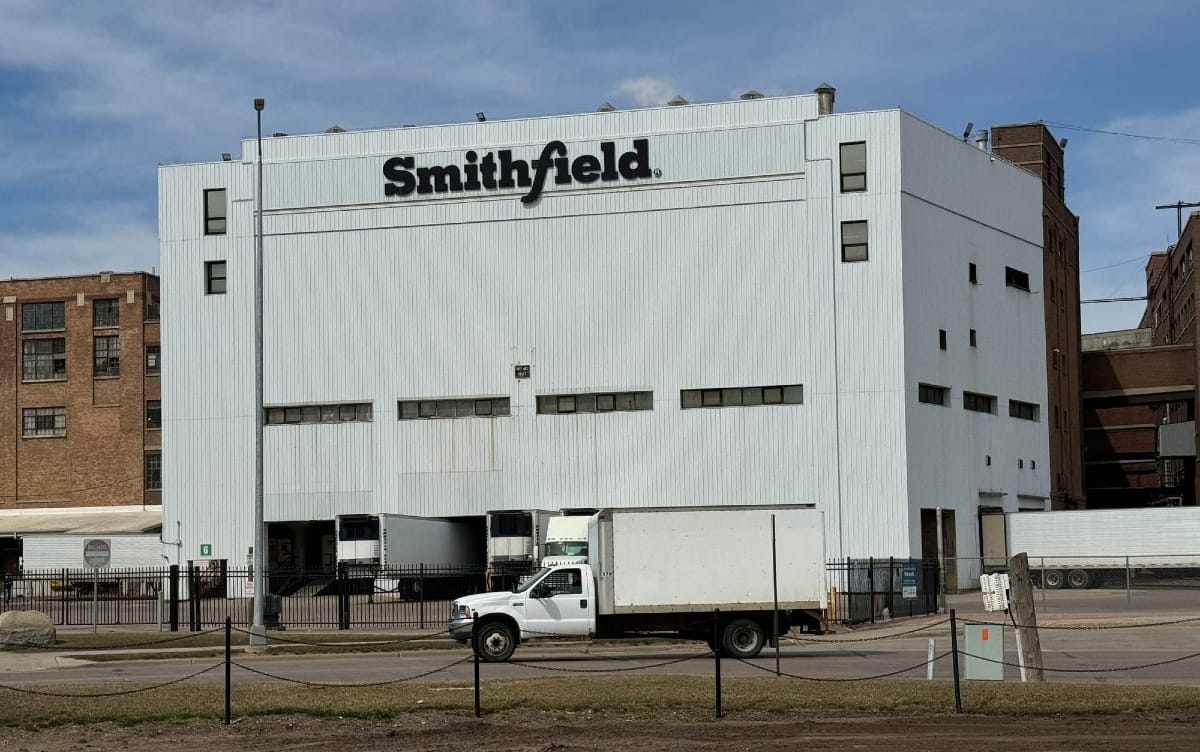
It’s hard to discuss the health of the Big Sioux River in these parts without mentioning Smithfield, which slaughters nearly 20,000 hogs a day and processes a daily flow of 3 million gallons of wastewater, containing varying levels of toxic materials.
How much waste does the processing plant dump into the Big Sioux? According to the Environmental Protection Agency’s most recent Toxic Release Inventory, which uses 2022 data, Smithfield ranked first nationally among 1,671 facilities within the food sector for total releases, with 4.9 million pounds.
Smithfield ranked seventh nationally among non-poultry animal slaughtering facilities for the amount of nitrate compounds released. The TRI tracks the waste management of toxic chemicals that “may pose a threat to human health and the environment.”
Treatment facility at Smithfield reduces waste
The good news is that conditions have changed since 2022, partly due to pressure placed upon Sioux Falls’ fourth-largest employer to curtail its toxic waste.
Smithfield went operational with a new $45 million wastewater treatment facility in May 2023, reducing the amount of nitrate compounds released into the river.
The company's nitrate discharge to the Big Sioux River was 47% lower in 2023 than it was in 2022, said Ray Atkinson, senior director of external communications for Smithfield, which is based in Virginia and owned by Hong Kong-based WH Group Limited.
"The new state-of-the-art wastewater project reinforces Smithfield's proactive approach to implementing sustainable systems that improve environmental quality and benefit the community," Atkinson said in a statement to News Watch.
"The $45 million investment we have made in Sioux Falls is one of the largest infrastructure projects to have a direct impact on water quality in the Big Sioux River and has significantly reduced nutrient discharges and improved water quality in the Big Sioux River basin."
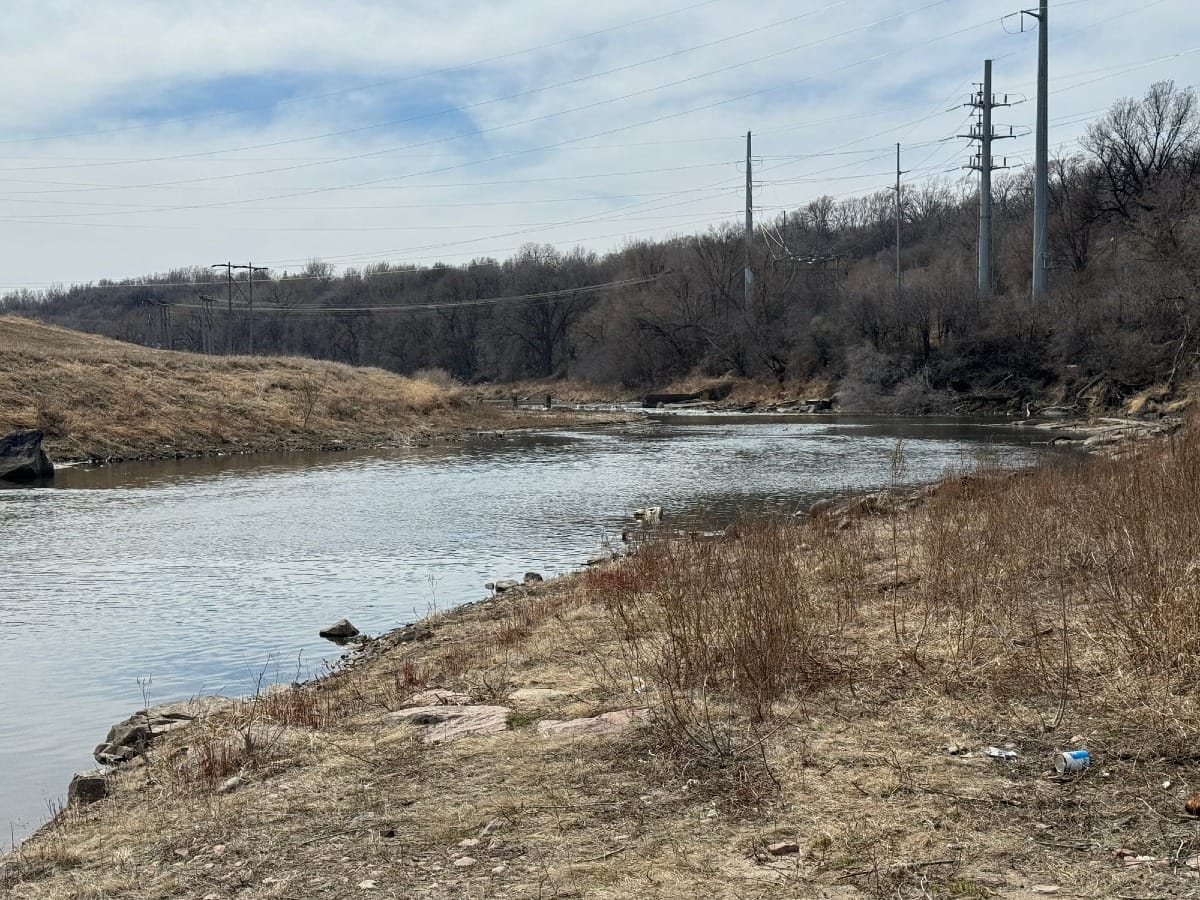
The update was tied to a permit renewal in 2020 that signaled a new chapter in government regulation and public scrutiny of the slaughterhouse. Smithfield has been fined for ammonia and nitrate dumping over the past few decades but avoided significant action from state or federal authorities.
In addition to basic environmental concerns, influence plays a role.
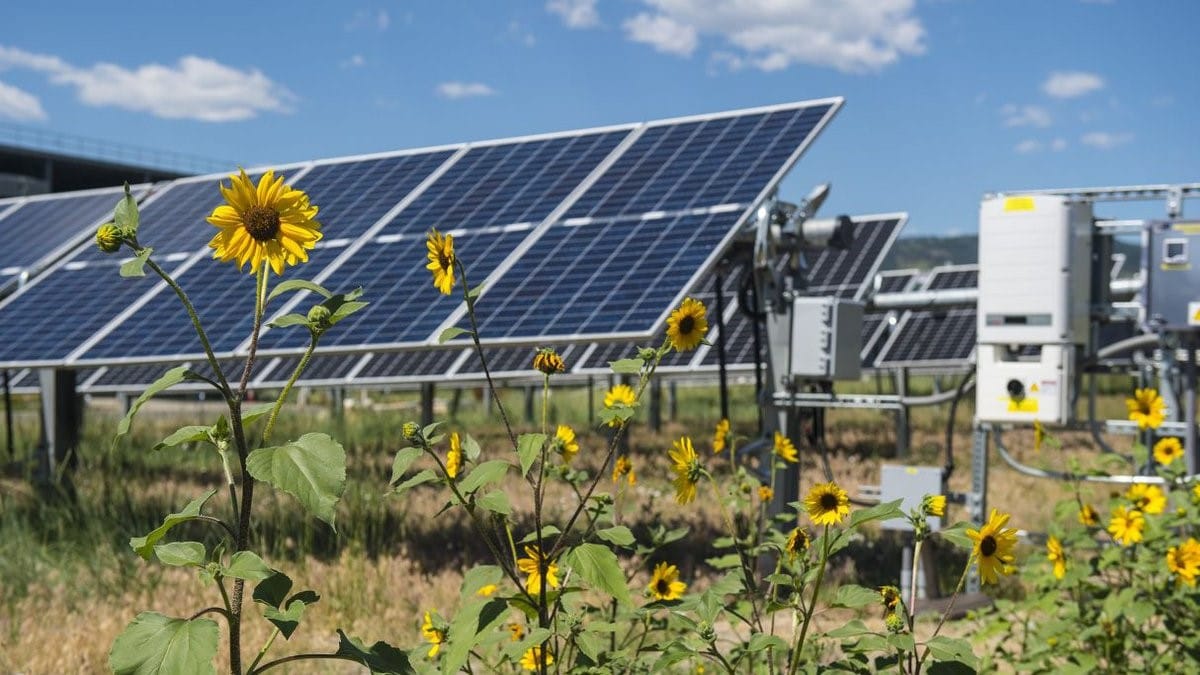
Downtown Sioux Falls enhancements such as the Steel District and East Bank show developers regard the Big Sioux River as a valuable resource rather than an eyesore, which means more expectation of oversight.
Smithfield Foods’ discharge is located downstream of Falls Parks and much of the city's core, meaning ag runoff from upstream is a larger culprit for unsafe river conditions in Sioux Falls. But more scrutiny of the watershed in general is a positive step, according to Entenman.
“I think the general public is starting to pay more attention, which helps turn the tide,” he said. “There’s also increased money in development going on in central Sioux Falls. People are putting millions and millions of dollars on the banks of the Big Sioux because they see it as a benefit for the community. And they don't want to live next to a polluted river.”
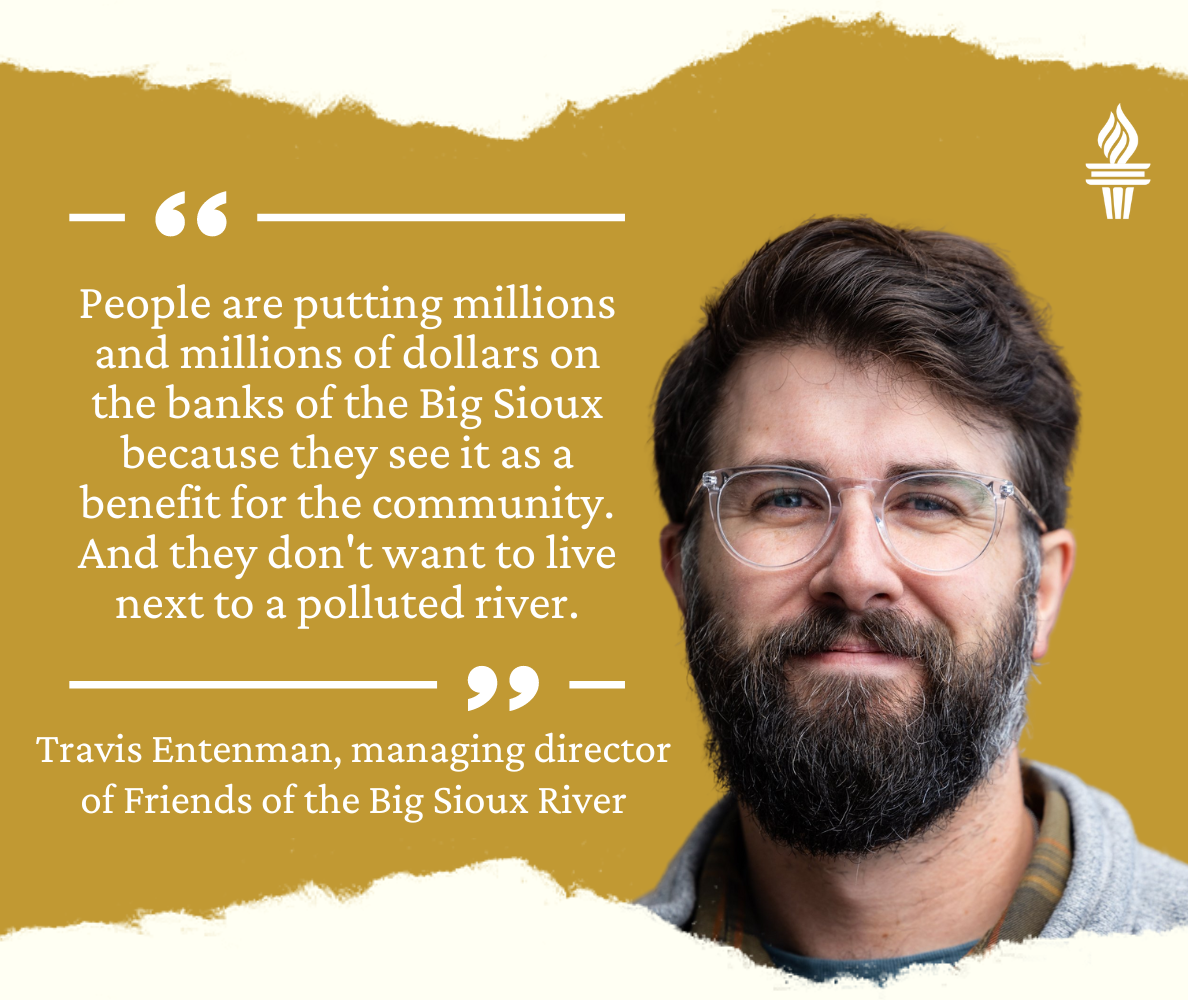
Smithfield fined for toxic releases
The South Dakota Department of Agriculture and Natural Resources (DANR) fined Smithfield $53,382 in 2018 for violations of its discharge permit stemming from a wastewater treatment failure. The breakdown allowed exceedingly high levels of ammonia – at one point more than 20 times the state-allowed daily limit – into the Big Sioux River.
Smithfield was also fined $44,000 in 2011 for consistent violations of permit limits, including 26 ammonia release violations in 2010.
Those penalties continued a trend of sanctions that environmental groups viewed as proverbial slaps on the wrist for a multinational company that reported $14.4 billion in revenue in 2023.
Though the Big Sioux River typically has enough volume to dilute the effects of toxic waste, violations of ammonia limits always raise red flags, said Jay Gilbertson, manager for the East Dakota Water Development District, which promotes conservation and proper management of water resources.
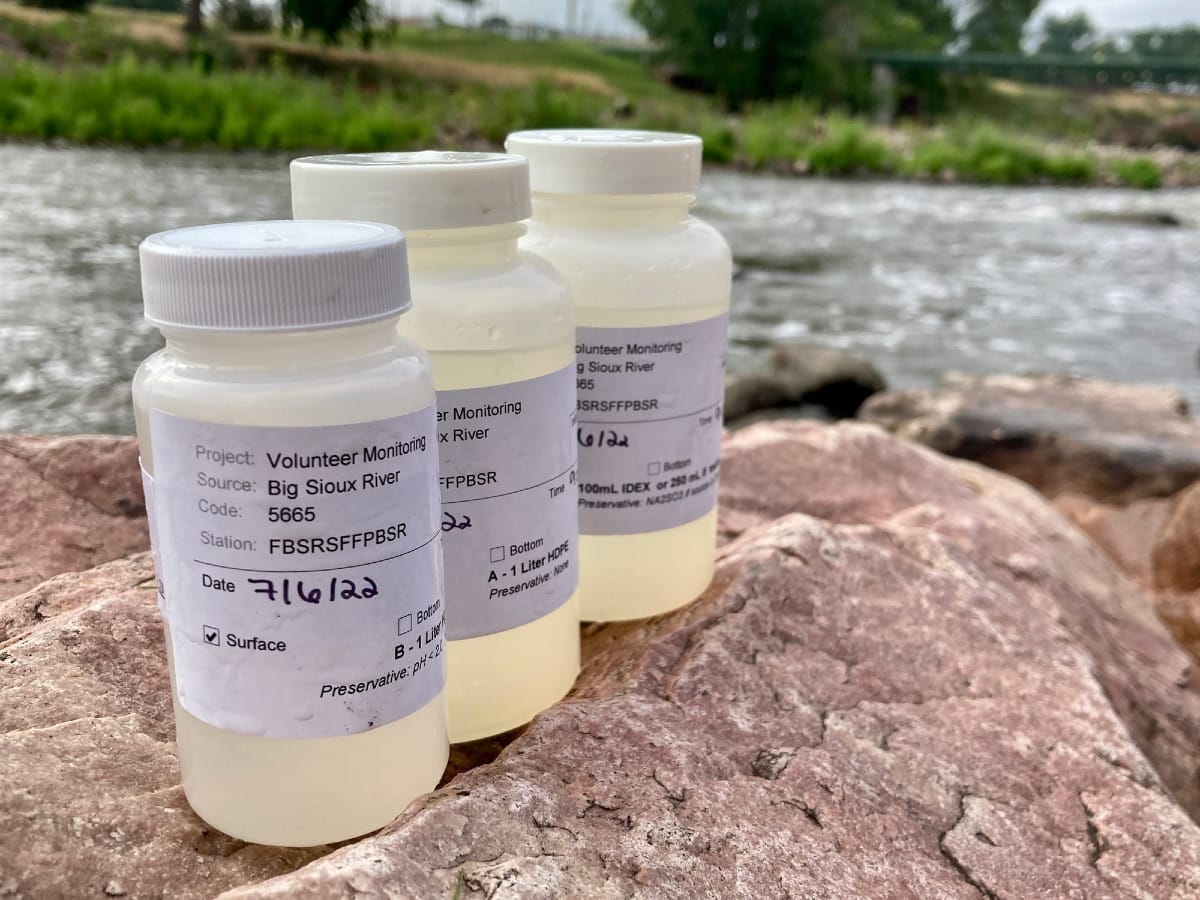
“Ammonia is the nitrogen compound that gives everyone the heebie-jeebies, because it can be very toxic very quickly,” Gilbertson said. “If you get a big ammonia release, all the fish float to the surface and it looks really, really bad.”
Ammonia can be mitigated by adding oxygen to convert it to nitrate, which is less toxic but still potentially damaging. Excess amounts of nitrogen can cause an overgrowth of plants and algae and can be harmful to infants and pregnant women if ingested by blocking the blood’s ability to carry oxygen.
New permit includes nitrate limits
The problem with Smithfield’s treatment system until recently was that, even with conversion, massive amounts of ammonia lead to troublesome levels of nitrates.
The EPA’s safety standard for nitrates in drinking water is 10 milligrams per liter.
Before its new wastewater treatment plant was operational, Smithfield’s nitrate dumping levels were “well over 100 (milligrams per liter), frequently over 200 and at times approaching 300,” said Gilbertson.
Those numbers, combined with earlier ammonia infractions and EPA reports, finally forced action. After two decades of having its permit with the state “administratively continued” every five years, meaning DANR guidelines stayed the same, the slaughterhouse went through a bona fide permit renewal in 2020.
Under the old permit, originally issued in 2000, there was no daily effluent limit for dumping nitrate into the Big Sioux. Smithfield was required to “monitor and report” levels of discharge, similar to how the Sioux Falls Water Reclamation Plant currently operates.
"The (Toxic Release Inventory) numbers would come out each year and people would say, 'Oh my God,' and that draws attention," said Gilbertson. "Smithfield's counter was to say, 'Look, we're doing exactly what the state has required us to do. Yes, we're a big red dot on the TRI, but that big red dot is in full compliance with our state-issued permits.'"
New treatment system unveiled
The new permit, which took effect July 1, 2020, gave Smithfield three years to get in compliance with an effluent limit for nitrates. That limit, which is currently in place, is a maximum of 50 milligrams per liter for a 30-day average and 88 mg/L daily.
Smithfield made its wastewater treatment plant upgrades to meet the new effluent limits by July 1, 2023. The new system takes the nitrates that were drawn from ammonia and uses a denitrifying system to biologically convert them to nitrogen gas, which is much less harmful.
Data from the EPA’s Enforcement and Compliance History Online (ECHO) show that hazardous waste from the slaughterhouse has stayed below required limits since that time.
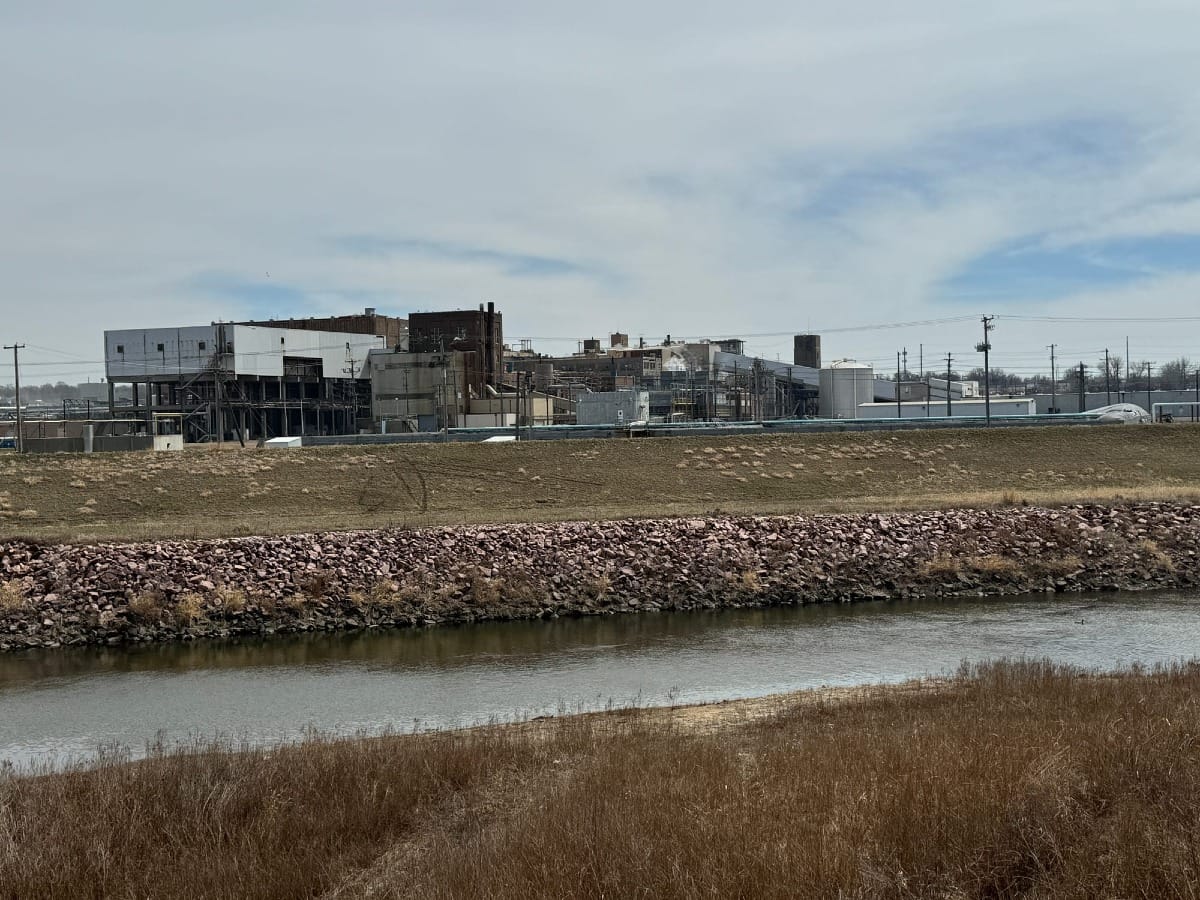
Atkinson told News Watch that Smithfield is currently operating at or below 40 milligrams per liter for nitrates on a monthly average and that the company's ammonia discharge has been reduced by about 60%.
Dana Munyon, a public affairs specialist with DANR, confirmed that “Smithfield has met the compliance schedule deadlines as required in the permit and no effluent violations of ammonia-nitrate have been reported during the current permit cycle."
Smithfield moves discharge point
Another condition of Smithfield’s new permit was to move its discharge point, which was located above the diversion channel on the Big Sioux River. That segment of the river is classified for the use of domestic drinking water, which means stricter standards.
Smithfield moved the pipe approximately 150 yards downstream, releasing into a segment of the river that doesn’t have the domestic drinking water designation, allowing for the nitrate limits that DANR established.
Atkinson points out that there were no drinking water intakes in the area of the original discharge point, "so there were no potential drinking water contamination issues prior to the discharge point being moved."
During the permit process, Gilbertson argued unsuccessfully for DANR to treat the waters as a domestic water supply and set the limit at 10 milligrams per liter.
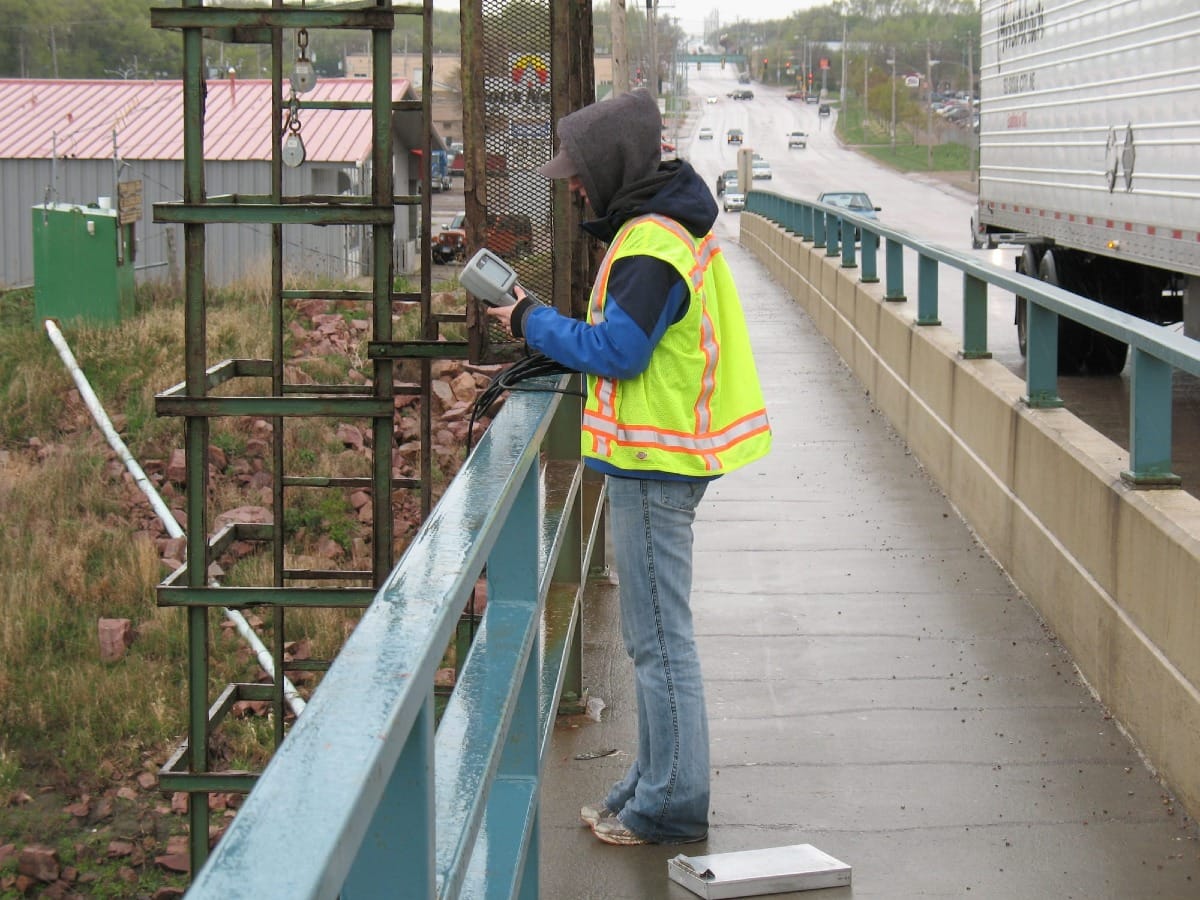
"We believe that it's irresponsible to presume that just because the effluent does not technically exceed the established water quality standard that there is no adverse and harmful impact," he wrote during public comment. "The cumulative effect of the impact of this facility, along with all of the other permitted and unpermitted discharges in the Big Sioux River, will continue the long-term degradation of this critical water resource."
'Take a shower or wash yourself off'
Water testing by Friends of the Big Sioux River in 2023 showed that “nitrate levels continue to rise gradually in the Big Sioux River but remain within the safe levels set by the EPA through the Safe Drinking Water Act.”
Sioux Falls residents use an average of more than 22 million gallons of water a day, just 3% of which comes from Big Sioux River surface water and goes through the city’s water treatment plant.
Of greater concern are elevated levels of E. coli and total suspended solids in the river that come from upstream agricultural operations, livestock manure and stormwater runoff.
Most of the river that flows through Sioux Falls has a beneficial use designation that includes immersion recreation (swimming) and limited contact recreation (kayaking). But water testing does not support those activities “in the segments upstream, at, or downstream of Smithfield Foods’ wastewater treatment plant,” according to the DANR.
During the public comment portion of the permit process, a woman from Sioux Falls mentioned that her husband’s kayak had tipped over in the river and “who knows what kind of toxins he was exposed to.” It’s a legitimate concern, said Gilbertson, but not insurmountable for those who want to explore the waters.
“If you want to kayak down the river, you can do that,” he said. “Your skin is not going to start to dissolve. But the odds are pretty good that there’s bacteria in the water, so once you get out, take a shower and wash yourself off. If your kayak tips and you get a mouthful, rinse your mouth out as quickly as possible.”

More enforcement could be needed with Big Sioux River pollution
Those aren’t ideal conditions for a burgeoning city hoping to highlight its natural resources as part of downtown revitalization, which could lead to more focus on environmental accountability. Smithfield's current permit expires on June 30, 2025.
"Raising the downtown profile (of the Big Sioux) makes a lot of sense," said Gilbertson. "They're building steps and walkways that take you right down to the river. But if you look at what the state says about the water in that area, it's like, 'Oh my God, stay the hell out.' It has failed, and continues to fail, all of the tests for immersion recreation and limited contact recreation. So we're building steps inviting people to walk down to the river that is, by the state's own admission, not suitable for some of the uses being encouraged."
At the very least, the EPA’s Toxic Release Inventory offered a snapshot of how hazardous waste releases into the Big Sioux River were allowed to soar under former state guidelines, and how much is still to be done.

Toxic dumpers not tracked by the EPA are even more elusive, especially in an agricultural state not known for its embrace of government regulations. The state has a program that offers payments to landowners who build buffer strips along the river, but financial incentives without sanctions might not be sustainable.
"We've got a lot of carrots," said Gilbertson. "We're woefully short on sticks."
'There's only so much they can do'
On the brink of the Big Sioux near Falls Park, Entenman gestured toward the nearby slaughterhouse and stockyards, an anachronistic emblem of the city's identity before health care and banking took hold.
The mission of Friends of the Big Sioux River is forward-thinking by nature, clashing with Smithfield's reliance on a valuable resource for business realities that date back to John Morrell's arrival in 1909, when the city population was 14,000.
It's now more than 210,000.
Entenman mused about Smithfield moving to a different site and moments later acknowledged the improbability of that happening, leaning instead on statements from the company that it has no current plans to expand in Sioux Falls.
The permit changes and wastewater improvements offer hints of hope for his group's efforts, but the process of killing, trimming and processing hogs in mass quantities only leaves so much room for environmental care.
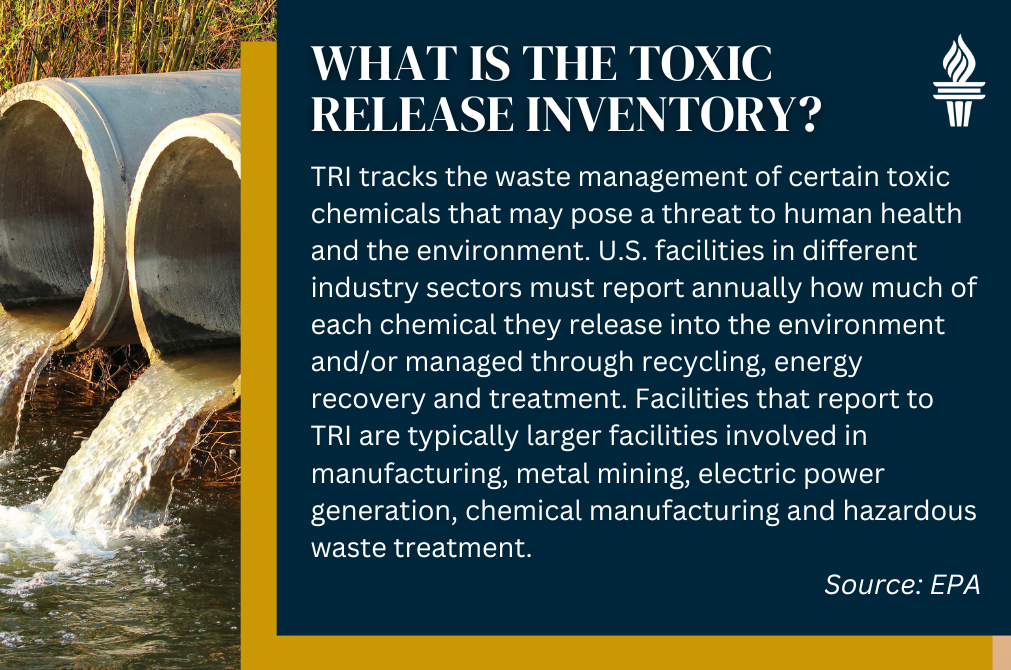
"They're retrofitting a hundred-year-old building on the base of a river that's central to the growth of the city, so there's going to be more scrutiny," said Entenman. "I don't think they're purposely trying to harm anything, but we're talking about a pork processing plant. There's only so much they can do."
Entenman's real optimism comes from visits to area schools to talk about his objectives, with students seeming more receptive to ecological concerns than previous generations.
"They care, and they're smarter than us," he said. "Once they become empowered, I think there are going to be a lot more changes coming."
They've got their work cut out for them, according to Gilbertson.
"It's taken us more than a century to screw up the river," he said. "It's going to take more than a couple of decades to get it back on track."
This story was produced by South Dakota News Watch, a nonpartisan, nonprofit news organization. Read more in-depth stories at sdnewswatch.org and sign up for an email every few days to get stories as soon as they're published. Contact Stu Whitney at stu.whitney@sdnewswatch.org.







